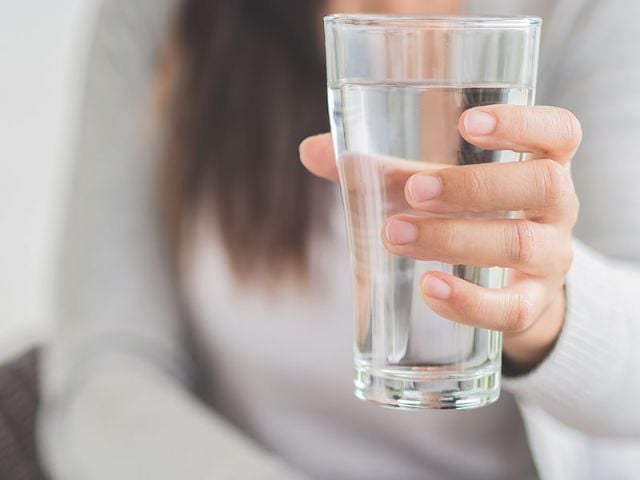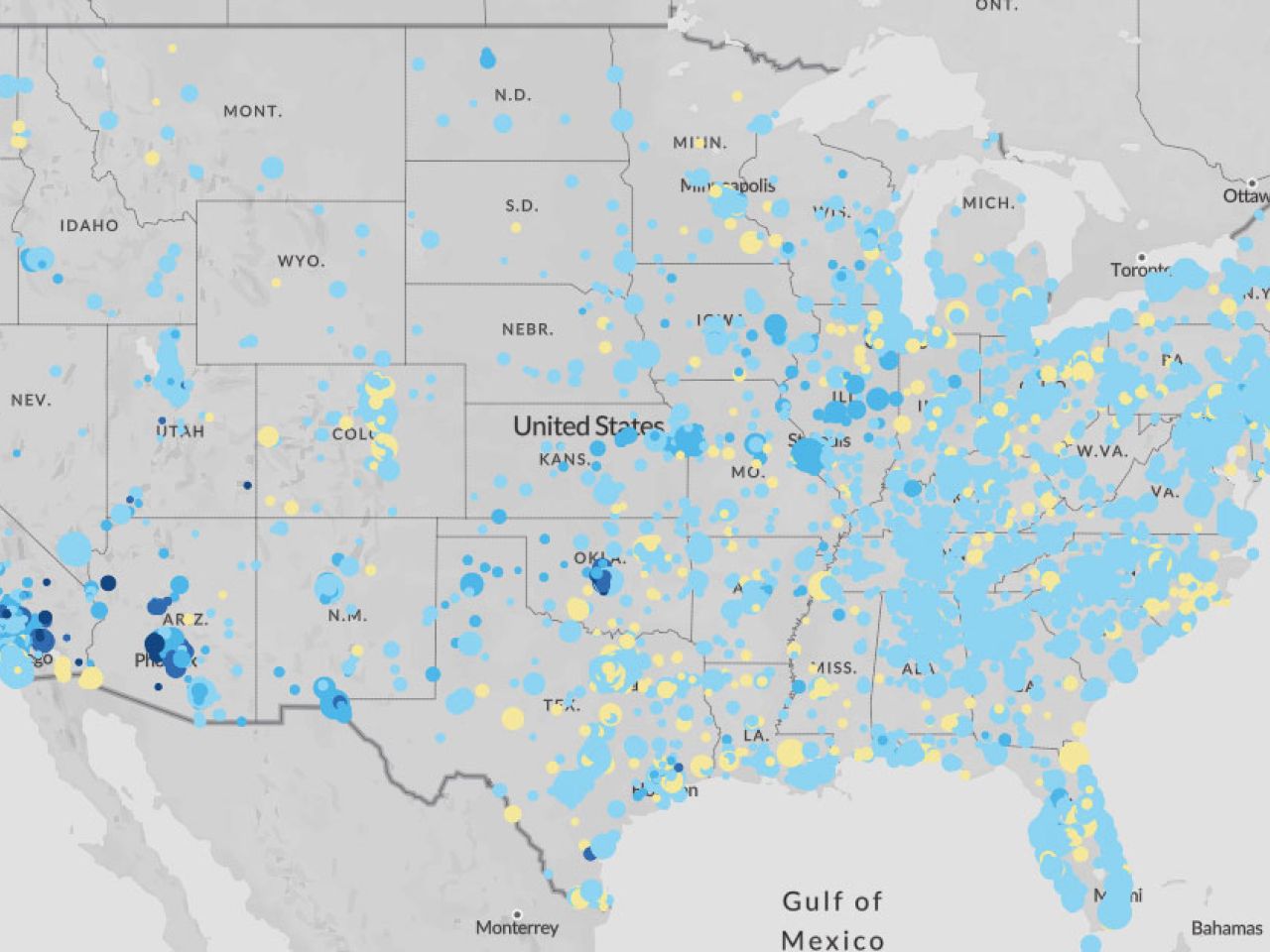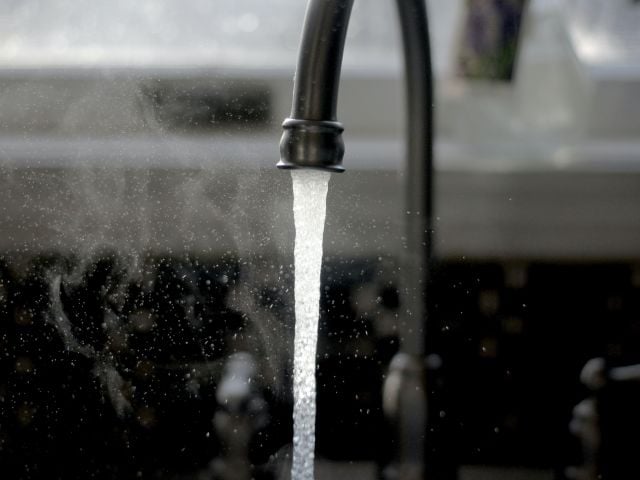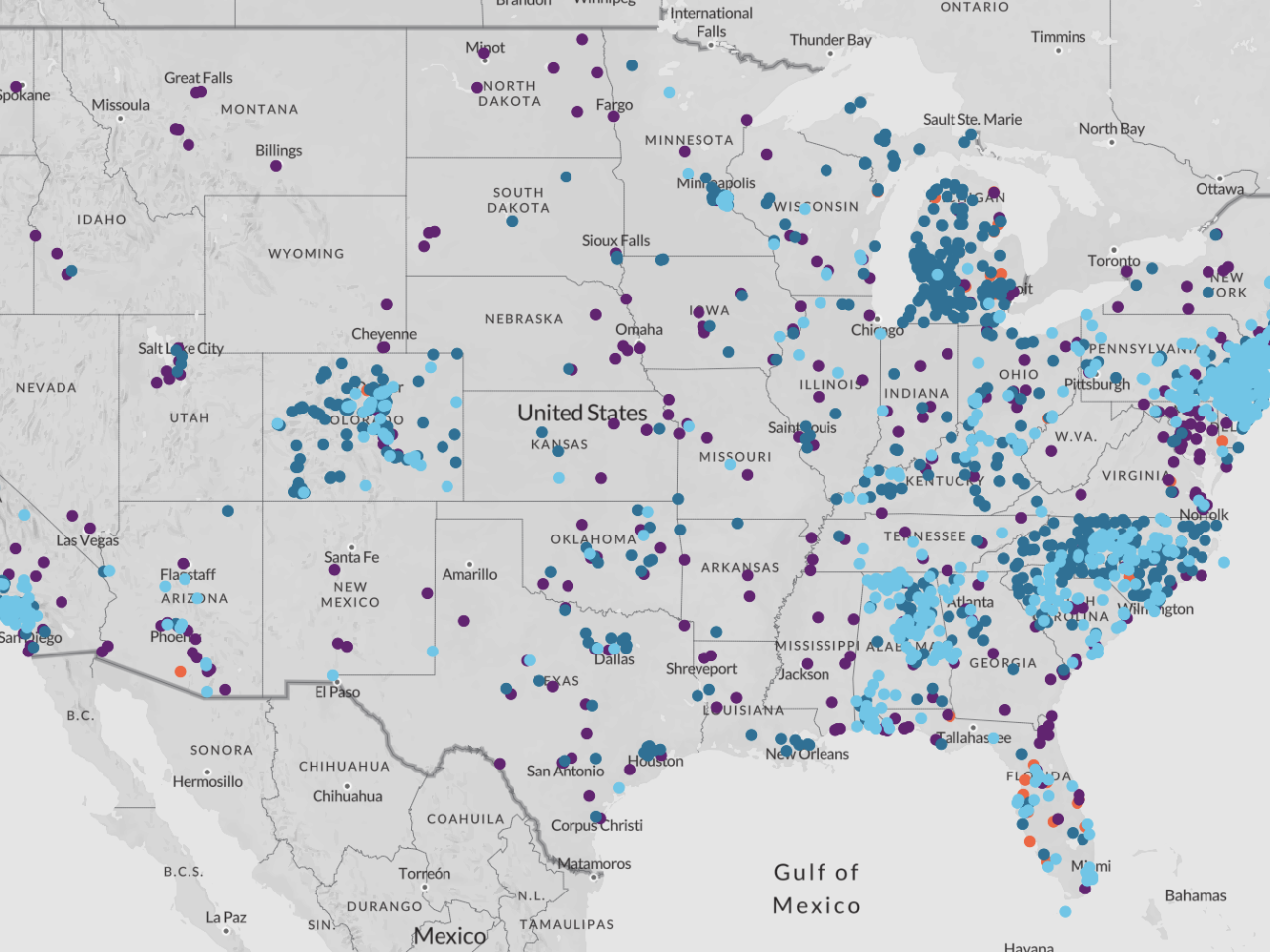Nothing is more important to your health and quality of life than safe drinking water and clean streams and lakes. Across the country, pollution from farms is one of the primary reasons water is no longer clean or safe. Agriculture is the leading source of pollution of rivers and streams surveyed by U.S. government experts, according to the Environmental Protection Agency. Thankfully, if we make simple changes in the way we farm, we can take a big step toward clean water.
News
Research
Federal PFAS Report Card
Hope Grosse and Joanne Stanton are lifelong residents of the Philadelphia suburbs. In 2014, they learned that their community's drinking water had been contaminated by toxic PFAS chemicals. Now, they are raising awareness of PFAS chemicals around the country and fighting to get them out of our environment.
An EWG analysis of federal data from nationwide drinking water tests shows that the compound contaminates water supplies for more than 200 million Americans in all 50 states, Puerto Rico, the Northern Mariana Islands and Guam.
Tap Water Database
EWG's Guide to Safe Drinking Water
Mapping the PFAS contamination crisis: New data show 3,186 sites in 50 states, the District of Columbia and two territories.
The extend of American communities' confirmed contamination with highly toxic fluorinated compounds known as PFAS continues to grow at an alarming rate.







